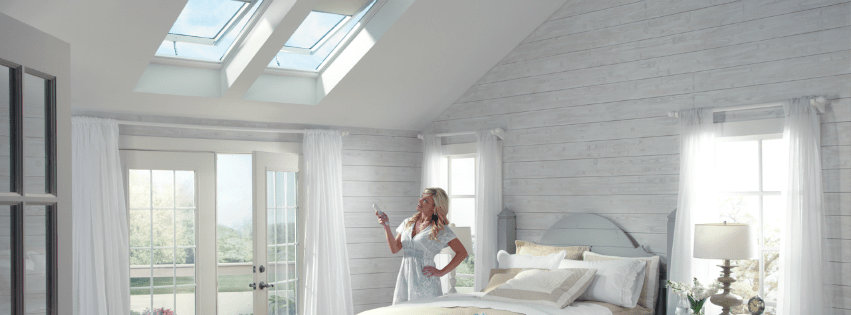Blog
5 Natural Ways to Prevent Sleep Disorder

As innovations for sleeping enhancements continue to pour in, the sleep-deprived population continues to increase. According to the Australian Institute of Health and Welfare, the number of people who exhibit signs of a sleep disorder has risen from 26,000 in 1998-99 to 75,000 in 2012-13.
The National Sleep Health Survey conducted by Roy Morgan Research in 2010 in behalf of the Sleep Health Foundation also showed that between the ages of 25 and 65, the average Australian gets only seven hours of sleep on week nights. Of those surveyed, a whopping 35% reports waking up frequently during the night and 10% are suffering from chronic difficulty falling asleep or insomnia.
Sleep is as important as healthy diet and exercise when it comes to keeping our bodies healthy and the negative impacts of inadequate sleep are wide and far-reaching. Although some people turn to medication to be able to sleep better, more natural solutions are always better options. Here are some effective and completely free ways for you to improve your sleep and to help prevent sleep disorders.
Natural Ways to Help You Sleep Better (and Earlier)
-
Move.
Studies show that sedentary adults who did aerobic exercise four times a week not only improved their quality of sleep, they also reported fewer depressive symptoms, have more energy and felt less sleepy during the day time.
Make sure to exercise several hours before your bedtime so your energy levels are not that amped up to get a peaceful sleep.
-
Cut down on caffeine.
Cut down caffeine from your drinks by mid-afternoon. Don’t drink too much coffee, tea, soda or eat too much chocolate.
-
Skip electronics an hour before bedtime.
Do you count on your electronics to help you fall asleep? You are doing it wrong.
Various research consistently show that people who use electronics (TV, computer, video games or mobile phones) within the last hour before going to bed had a harder time falling asleep than those who don’t.
Light emitted from these devices stimulates the brain, making it harder for you to fall asleep.
-
Set the mood in your bedroom.
The National Sleep Foundation recommends the ideal temperature to induce sleeping should be somewhere around 18 degrees Celsius. This might be a subjective option as there are people who want a cooler, or hotter, room.
It is also advisable to make your room as dark as possible when it’s time for bed. Light is a brain stimulant and even the smallest amount of it, like a computer glare for example, disrupts the production of the hormone that helps regulate sleep cycles, melatonin and affects quality of sleep.
Try to keep your bedroom off limits to any stimulating activity too. Your bed should not be associated with eating, working or even watching television. Your body needs to associate the bed with sleeping.
-
Expose yourself to natural light.
A study showed that among 49 day-shift office workers (27 with windowless workplaces and 22 with windows in their workplaces), those with windows in their workplaces received 173 percent more natural white light exposure. They also slept an average of 46 minutes more per night. It was also evaluated that these workers are generally more active and happier! Those without windows reported more ailments and lacked energy, along with lower sleep quality.
Increase your exposure to natural light for better sleep by allowing higher amounts of natural light into your home. You can install more windows and make sure to keep them and the curtains open during the day.
You may also install home skylights which are excellent and economical in allowing natural light into homes. These tubelights are easy to install with minimal disruption to a house’s overall construction. They do not only expose you to natural light, it filters 99% of harmful UV rays too. Along with a diffuser that spreads light into the room, installing home skylights will also help you save energy in the long run. It also adds better ventilation in a room, allowing you to help keep a fresh atmosphere.
If you would like to put a skylight in your home, Skyspan’s Tubelight is a DIY kit that is an extremely easy unit to install. Built to fit different types of roofing material, Skyspan has thought of everything to make it easier for homeowners to install tubelights and increase the amount of natural light in their homes.
